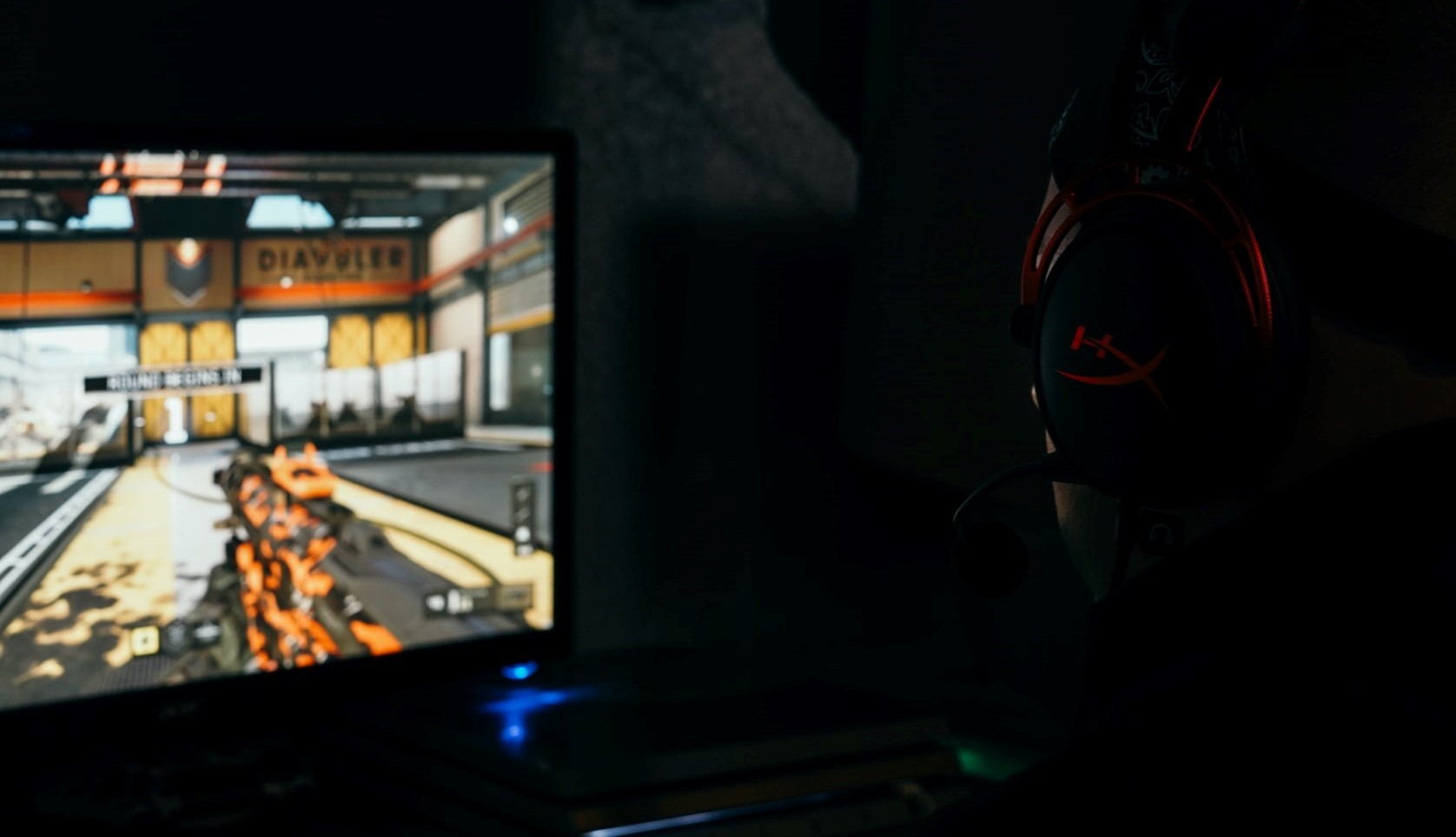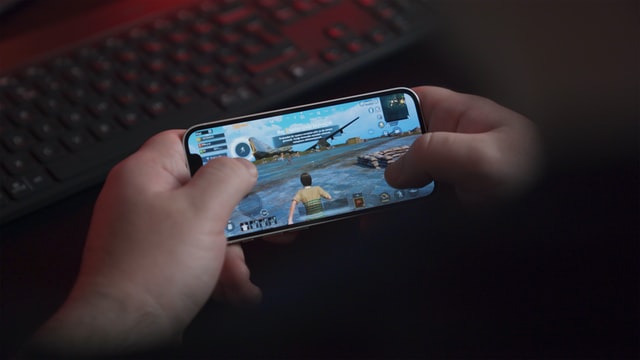
The importance of colors in game design
Did you know colors in game design are important? If you’re reading this, I assume that you don’t. But let me enlighten you: colors play a vital role in keeping the game interesting and most importantly, fun to play. Unbeknownst to many, colors have different meanings and can be attributed with a psychological effect. For example, red signifies energy, blue signifies steadiness, while yellow is a color of creativity. Understanding these color meanings can help game designers create a better user experience and make games more enjoyable to play.
The effects of color on our mood

Have you ever noticed that certain colors tend to bring out certain emotions in people? Take for example blue, which is often associated with feelings of security or serenity. And then there’s red, which often correlates to anger or aggression.
Even though everyone experiences these emotions differently, it’s easy to see the correlation between a color and a mood.
Making the first impression
Making a good first impression is important in all aspects of life, from the job interview to the first date. It’s no different when it comes to game design, where first impressions can be made within seconds of seeing an app or game for the first time. The color you choose for your app or game is one of the most important things you can do to make that first impression last. Your users are going to see your app on their phone or computer screen, and they’re going to make an instant decision about how they feel about it based on its color palette. While some people might think that it’s okay to use whatever colors they want because their target audience will be used to them by now, this isn’t true at all! People don’t like being surprised by new things—especially when they’re sitting down with their phone or computer and trying to relax by playing a game or using an app. If your target audience has never seen those colors before (or if they’ve only seen them in certain contexts), then they’re going to have a harder time adapting than if they’ve seen them before—and this could lead them away from your app before they even give it a chance!

Color theory
Color theory is based on the idea that different colors have different meanings, and can be used to evoke emotions or feelings in people who see them. It’s also a tool that designers can use to help enhance the player’s experience with a game by creating an environment that is both visually appealing, but also evokes certain feelings and reactions from players.For example, one way you might use color theory in your game would be by choosing specific colors for characters or objects within your game. You could choose dark reds and blues for characters who are evil or dangerous; you could use yellow or orange for characters who are friendly; or even green if they’re neutral in terms of morality (like if they were robots). Another way you might use color theory is by choosing particular shades of certain colors to help emphasize particular aspects of a game world.

